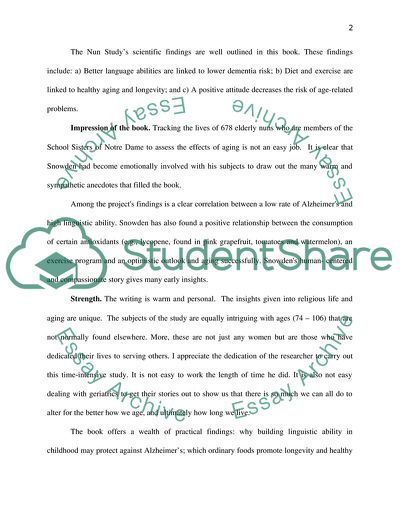Cite this document
(Aging with Grace, Secrets and Lifehacks Book Report/Review, n.d.)
Aging with Grace, Secrets and Lifehacks Book Report/Review. https://studentshare.org/health-sciences-medicine/1714335-psychopathology-book-review-on-aging-with-grace
Aging with Grace, Secrets and Lifehacks Book Report/Review. https://studentshare.org/health-sciences-medicine/1714335-psychopathology-book-review-on-aging-with-grace
(Aging With Grace, Secrets and Lifehacks Book Report/Review)
Aging With Grace, Secrets and Lifehacks Book Report/Review. https://studentshare.org/health-sciences-medicine/1714335-psychopathology-book-review-on-aging-with-grace.
Aging With Grace, Secrets and Lifehacks Book Report/Review. https://studentshare.org/health-sciences-medicine/1714335-psychopathology-book-review-on-aging-with-grace.
“Aging With Grace, Secrets and Lifehacks Book Report/Review”. https://studentshare.org/health-sciences-medicine/1714335-psychopathology-book-review-on-aging-with-grace.


